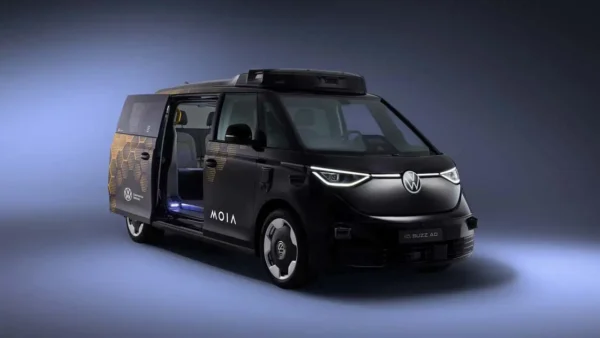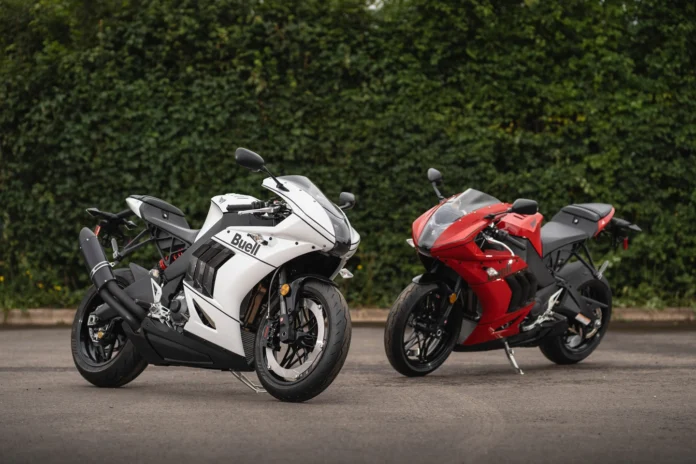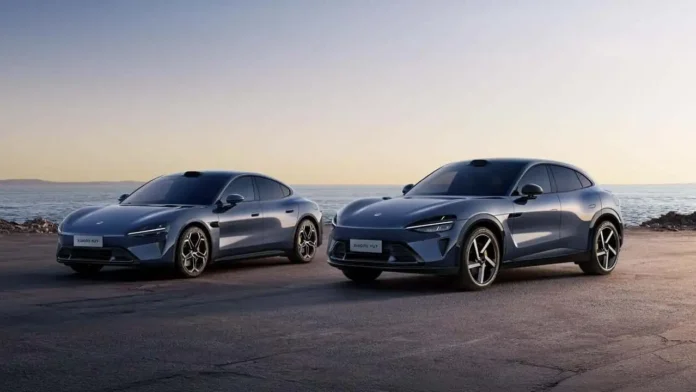Introduction to Autonomous Vehicle Innovation
With the growing excitement around Tesla’s forthcoming robotaxi service in Austin, Texas, it’s crucial to acknowledge that other noteworthy players like the Volkswagen Group are advancing in the autonomous driving space. Volkswagen has recently introduced its production-ready ID. Buzz as a driverless taxi, a significant step forward in the vehicle automation sector.

Features of the ID. Buzz Robotaxi
The ID. Buzz robotaxi is set to launch next year, making it easier for companies and municipalities to order fleets equipped with all necessary operational components. Moia, Volkswagen Group’s ridepooling company, has announced that these autonomous vans come with a comprehensive sensor suite, full certification, and the autonomous driving mobility-as-a-service (AD MAAS) platform. This allows operators to deploy robotaxis efficiently and rapidly.
Comparison with Tesla’s Cybercab
Interestingly, while Tesla has plans for its two-door, two-seater Cybercab to hit the market by 2027, the Volkswagen ID. Buzz is already paving the way for immediate deployment. With 27 sensors—including 13 cameras, nine lidars, and five radars—this electric minivan meets SAE Level 4 automation standards. This allows for safe operations without the need for active driver supervision, contrasting with Tesla’s current Level 2 vehicles that still require driver input.
The Future of Autonomous Ridesharing
Volkswagen’s initiative allows newcomers in the ridesharing sector to enter the market without the staggering costs of research and development. Its AI-driven software manages fleet operations in real-time, enhancing passenger assistance and integrating smoothly into existing rideshare applications. This move could revolutionize the industry, particularly with plans to roll out self-driving ID. Buzz robovans in the U.S. and Europe over the coming years, starting with Los Angeles.



